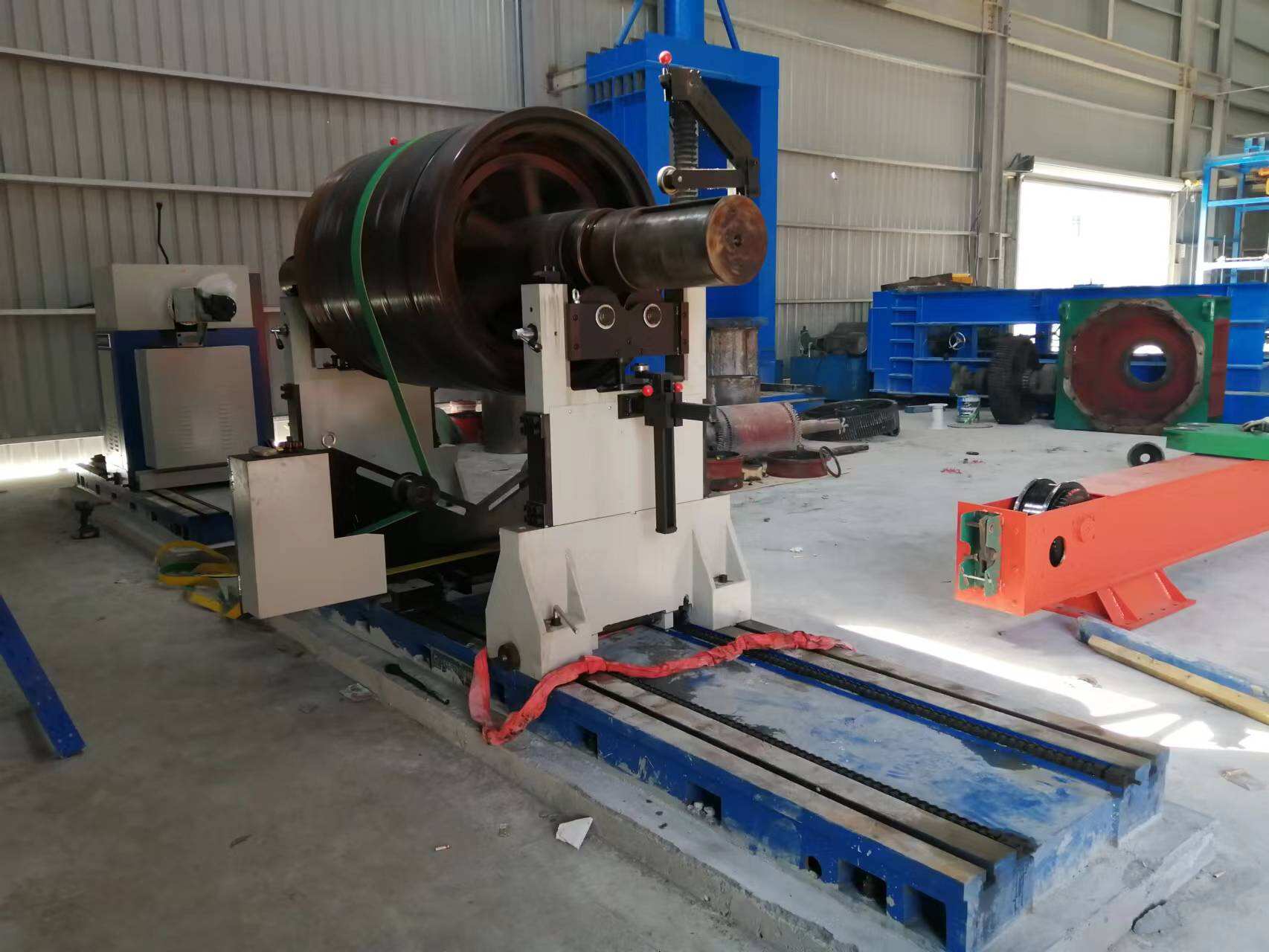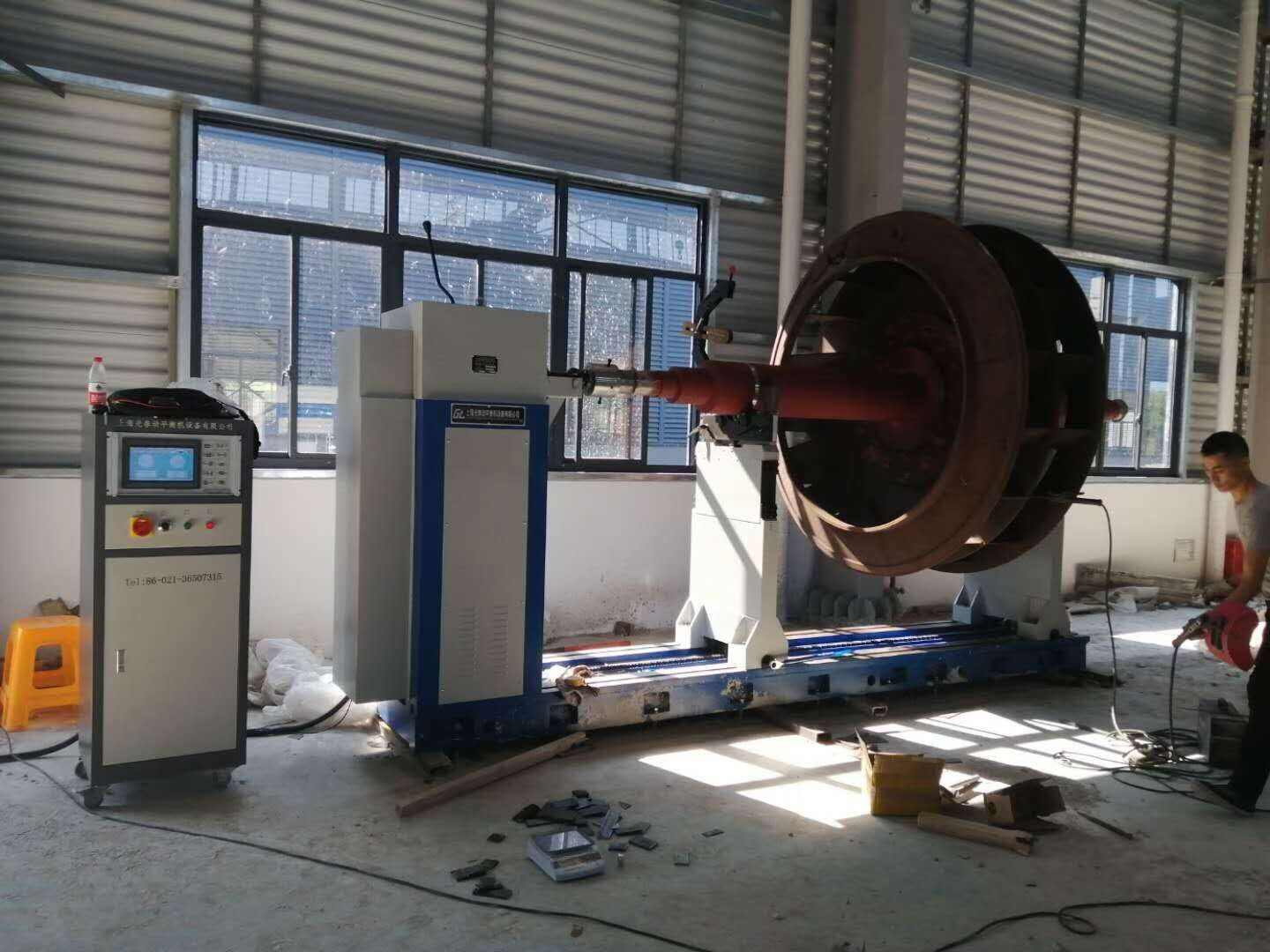flywheel balancing
Flywheel balancing is a critical process in automotive and industrial machinery maintenance that ensures optimal performance and longevity of rotating components. This precision-driven procedure involves measuring and correcting weight distributions within a flywheel to eliminate vibrations and ensure smooth operation. The process utilizes advanced computerized balancing equipment that detects even minute imbalances in the flywheel's mass distribution. During balancing, technicians mount the flywheel on a specialized balancing machine that spins it at various speeds to identify any irregularities in its rotation. The equipment measures both static and dynamic imbalances, providing detailed data about weight distribution anomalies. Modern flywheel balancing technology incorporates laser measurement systems and digital analysis tools to achieve extremely precise results, often balanced to within fractions of an ounce. This process is essential for various applications, including automotive engines, industrial machinery, power generation equipment, and high-speed manufacturing systems. Proper flywheel balancing ensures reduced wear on bearings, minimizes vibration-related issues, and extends the operational life of connected components.


